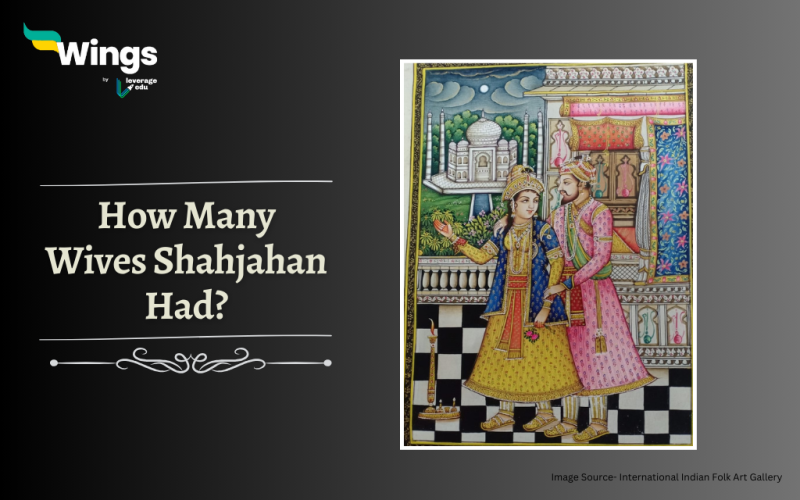The fifth emperor of the Mughal dynasty in South Asia, Shah Jahan, married a lot of women in his lifetime. Initially, he was married to Akbarbadi Mahal and Kandahari Mahal, later in 1607 AD, he had been affianced with Arjumand Bano Begum. However, according to the official court chronicler Qazwini, he was truly and madly in love with Mumtaz Mahal. She was a companion, lover and trusted confidante he had in his lifetime, clearly Taj Mahal is an insignia of it. When he died, his burial was not fancy, he was just taken by two men in a boat to lay him beside Mumtaz. Let us together get to know how many wives Shah Jahan had.
Table of Contents
Kandahari Mahal: The First Wife
Kandahari Begum was a born princess of the famous Safavid dynasty, the ruling dynasty of Iran (Persia), and one of its most significant ruling dynasties. Her father was Sultan Muzaffar Husain Mirza Safavi, a Persian noble from the Kandahar mountains.
Shrimati Manbhavathi Baiji Lal Sahiba
Shah Jahan’s second wife was Princess Manbhavati Baiji Lal Sahiba of Jodhpur, a niece of Jodha Bai (Mother of Shah Jahan). She gave birth to a daughter in 1615. It was because of his father Jehangir who got him married at an early age to Manbhavathi Baiji Lal Sahiba.
Also Read- Who Is The Father Of Akbar?
Mumtaz Mahal
Arjumand Banu Begum, also called Mumtaz Mahal was the third wife of Shah Jahan. The Taj Mahal in Agra which is often referred to as one of the wonders of the world signifies the love of Shah Jahan for Mumtaz Mahal (Persian: the exalted one of the palace).
Akbarabadi Mahal
The fourth begum of Emperor Shah Jahan was Izz-un-Nissa Begum. She is popularly known by the title, Akbarabadi Mahal, and commissioned the Akbarabadi Mosque in Shahjahanabad. Less commonly, she is also referred to as Sirhindi Begum.
Fatehpuri Mahal Sahiba
Fatehpuri Mahal was the fifth wife of Shah Jahan. He built the Fatehpuri Mosque in 1650 in Chandni Chowk at Delhi aka Shahjahanbad, to show his love for his wife. She was also close to Shah Jahan and acted as a constant companion in his old age and prison life.
Qudsia Begum Sahiba
The sixth wife was Qudsia Begum, born Udham Bai and mother of emperor Ahmad Shah Bahadur. She was early born an administrator and served as de facto regent from 1748 to 1754.
Hasina Begum Sahiba
Hasina Begum Sahiba married the royal Mughal emperor in 1617 and is known as the seventh wife.
Also Read- Who Killed Aurangzeb?
Muti Begum Sahiba
The royal emperor of the Mughal dynasty also married the widow of Jamal Khan, who was a Mansabdar of the Mughal Empire.
So these were all the wives of ShaHadh Jahan. His love for architecture has made him one of the ideal emperors with great taste in design and interiors.
Relevant Blogs
This was all about how many wives Shah Jahan had. If you want to know more about topics like this, then visit our general knowledge page! Alternatively, you can also read our blog on general knowledge for competitive exams!
 One app for all your study abroad needs
One app for all your study abroad needs













